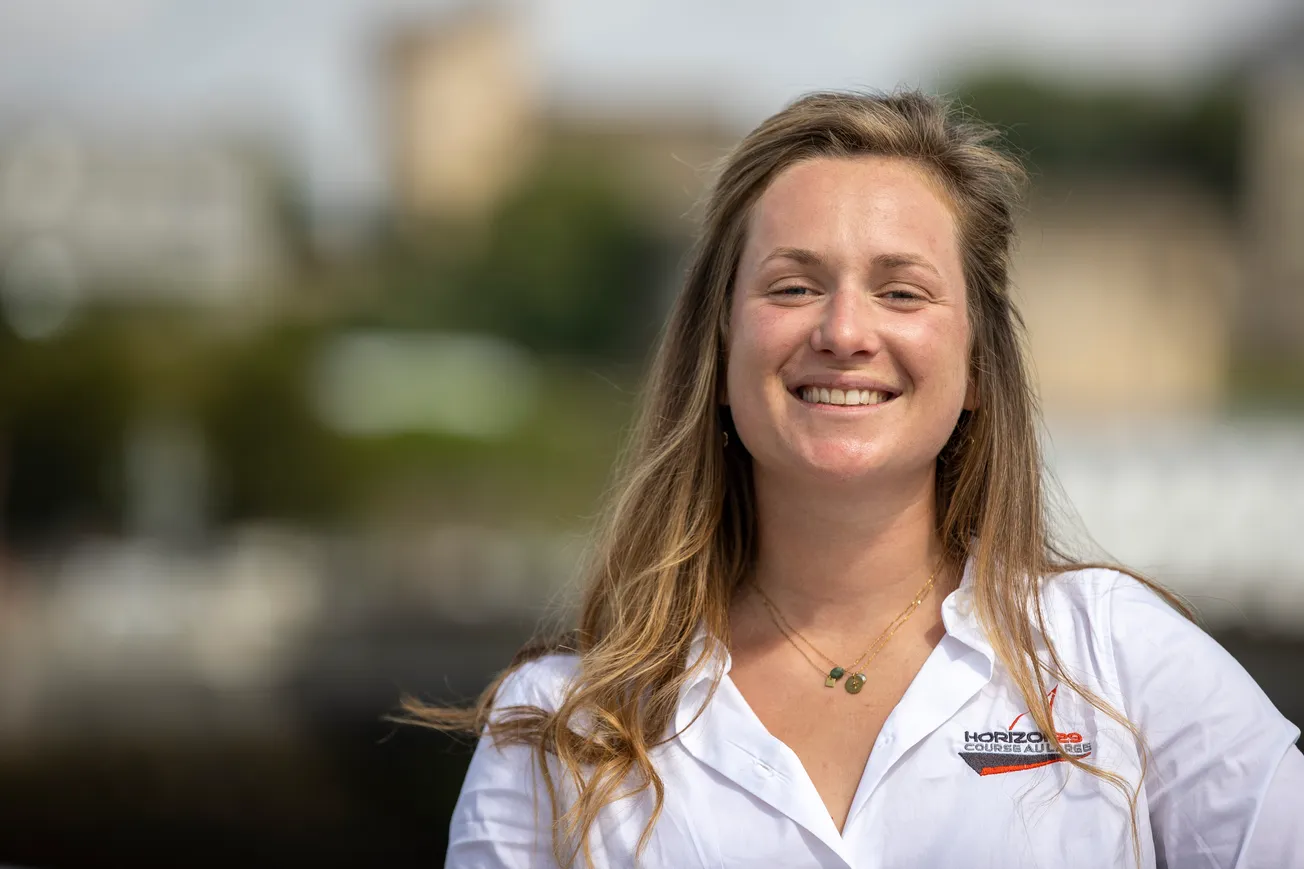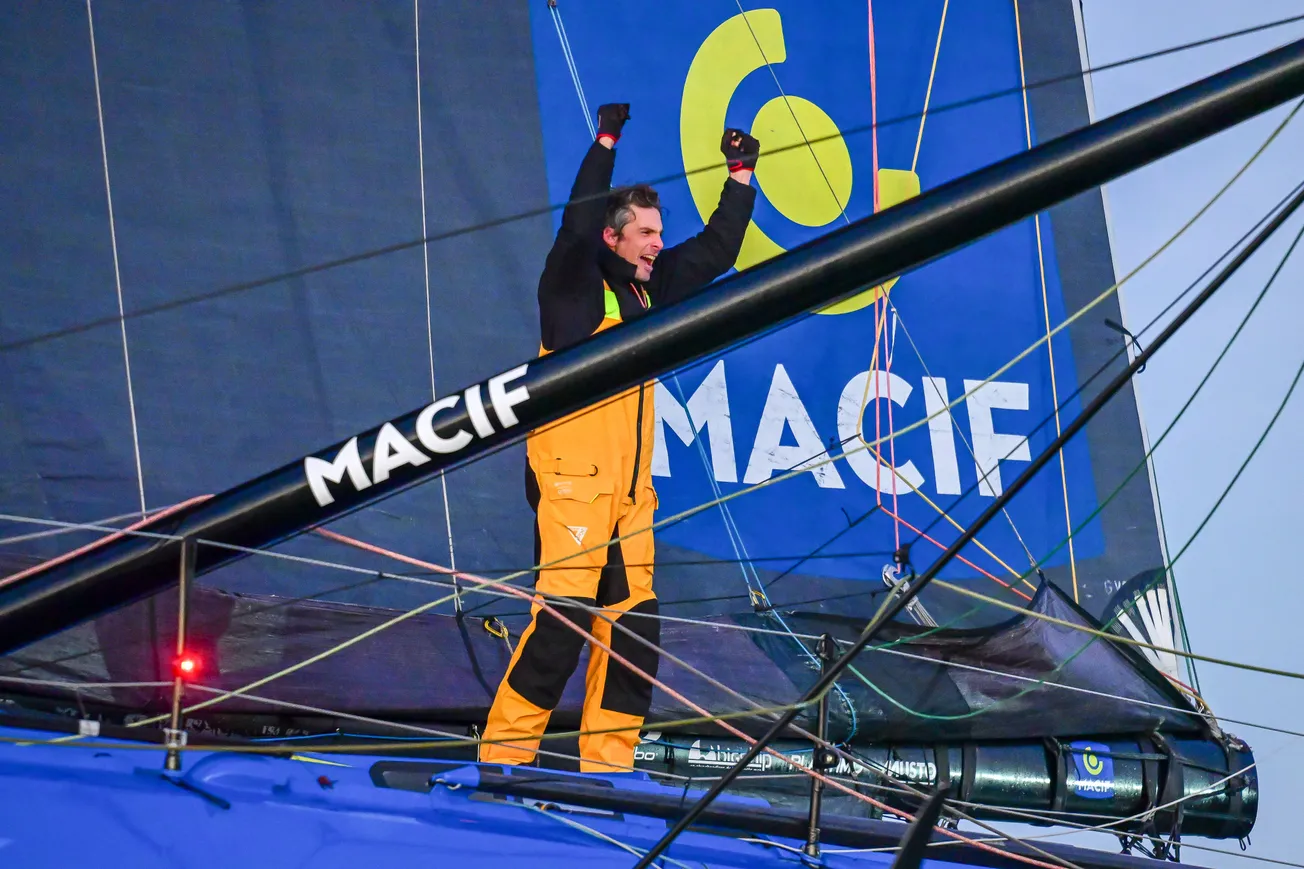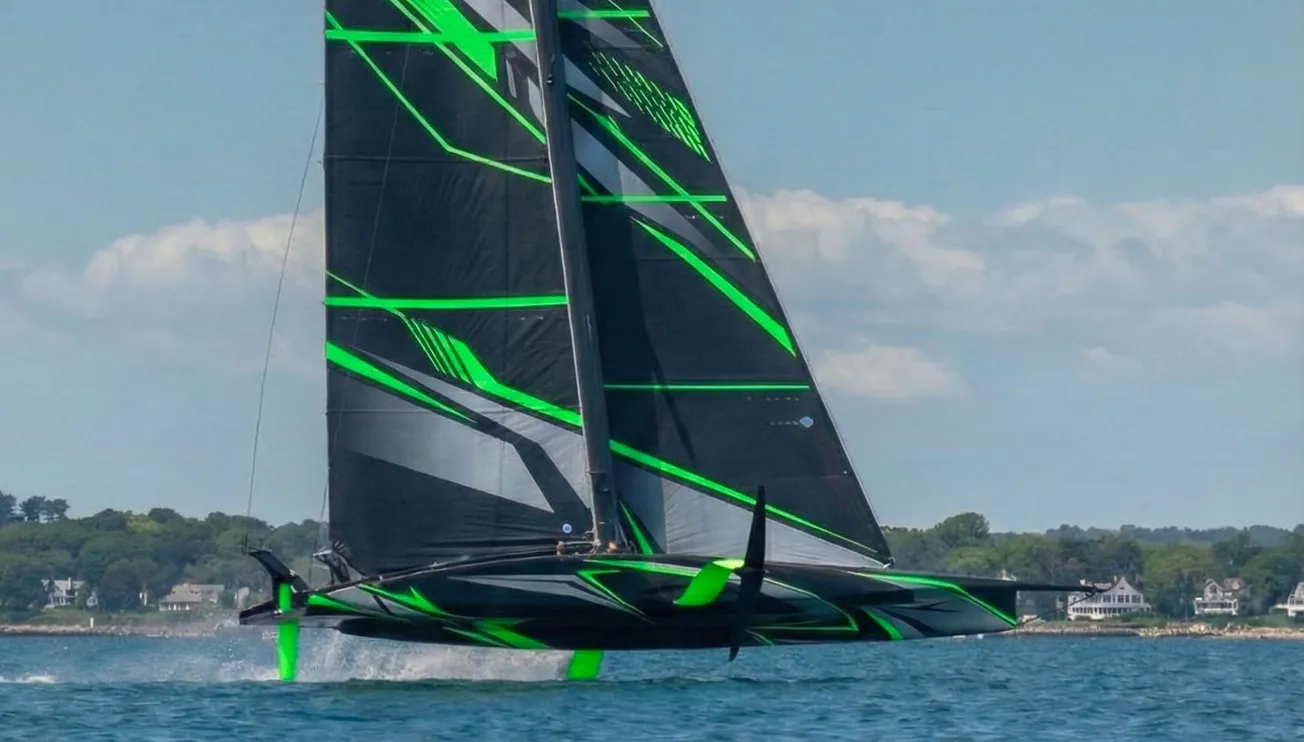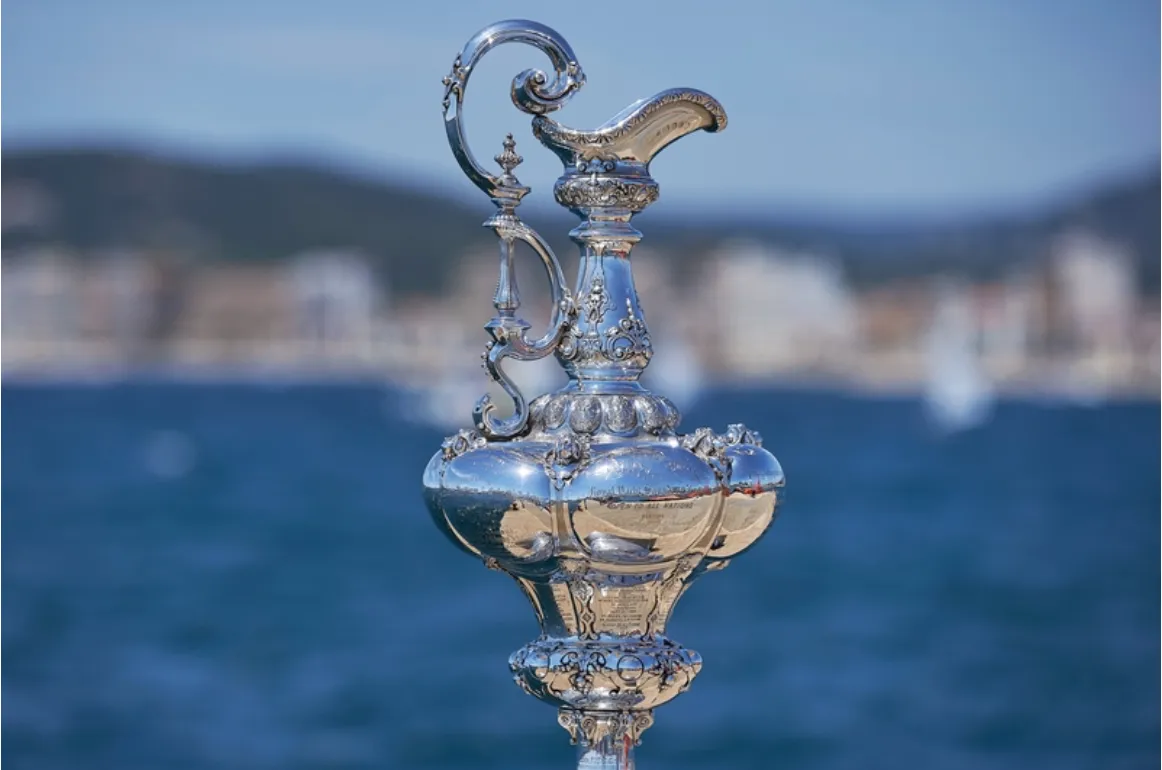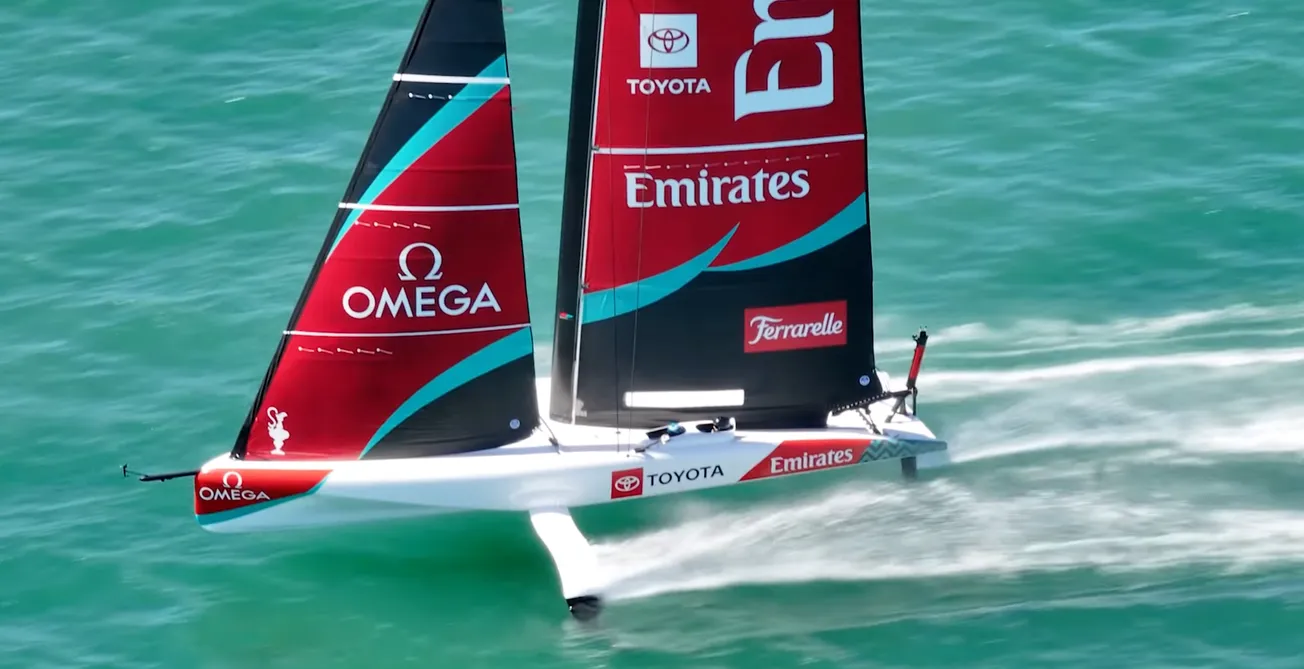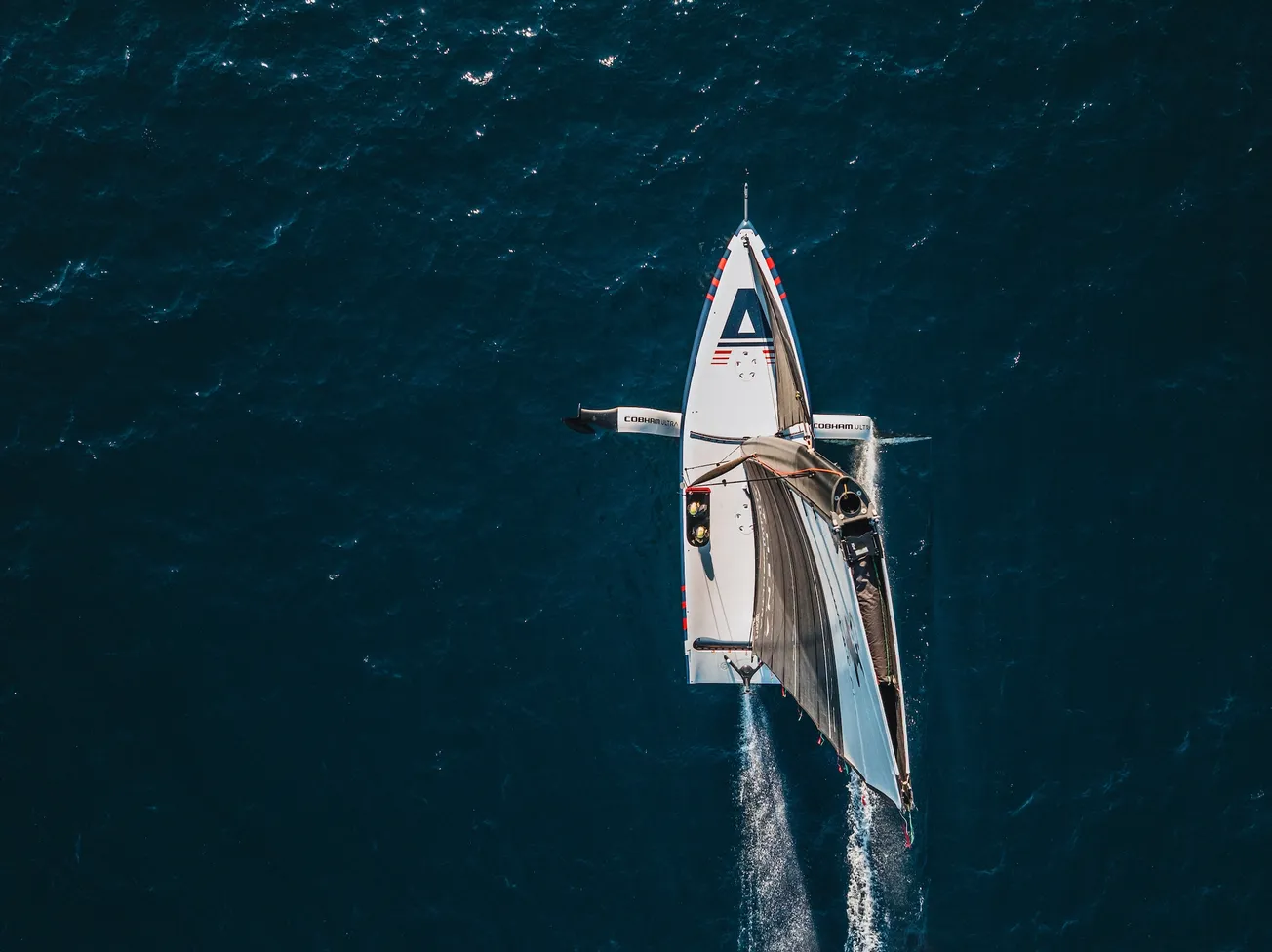On a grey and cold mid-February morning in Concarneau, France, a brand-new IMOCA was launched—marking the start of Elodie Bonafous’ campaign for the 2028 Vendée Globe. A relative unknown outside France, the 30-year-old has earned a strong reputation at home through steady progression and standout results.
For some, sailing around the world is a lifelong dream—but doing it single-handed and non-stop might seem less appealing. Unless you live in Brittany. There must be something in the salty, rarely warm air that makes such a challenge feel achievable.


